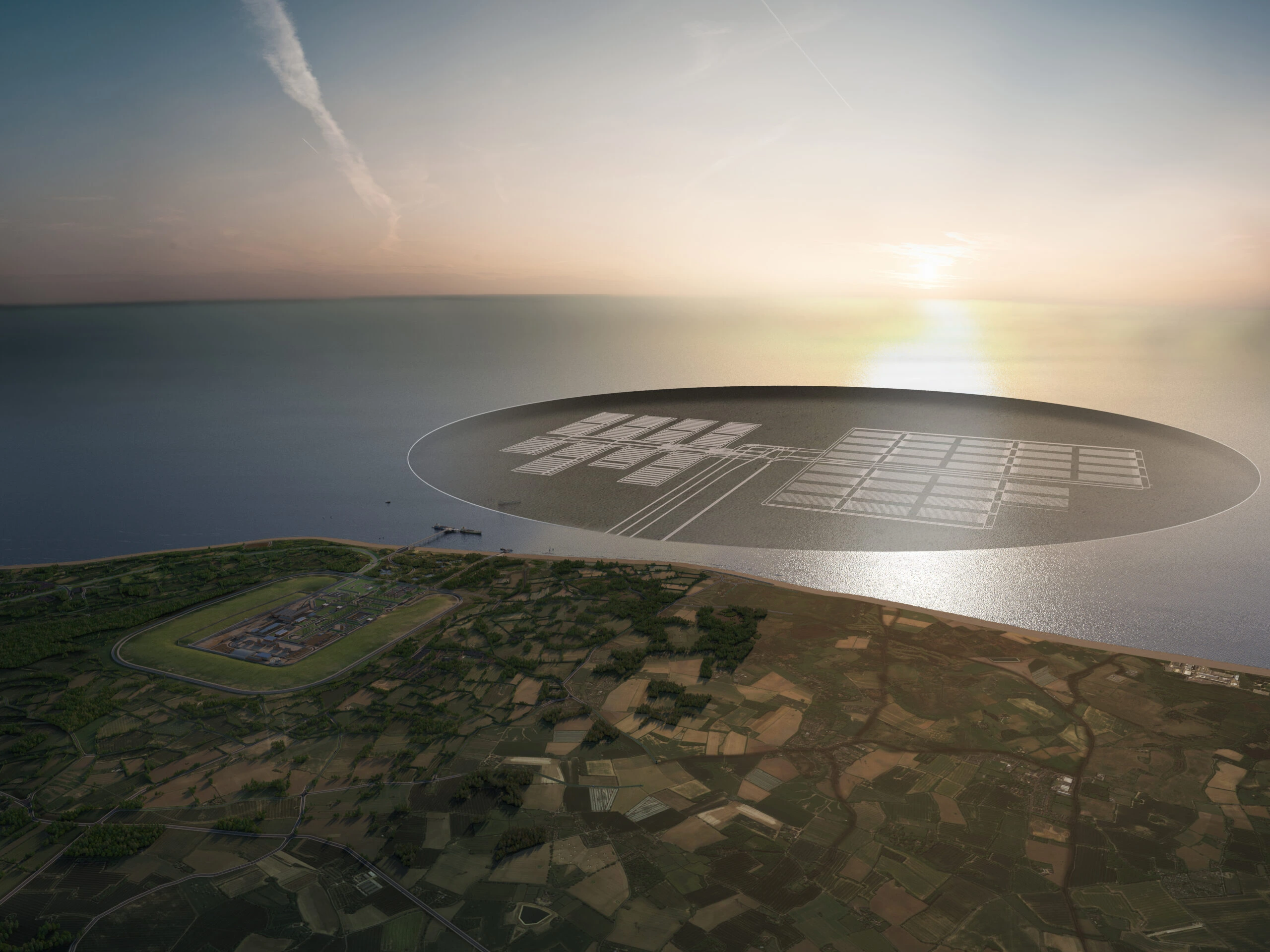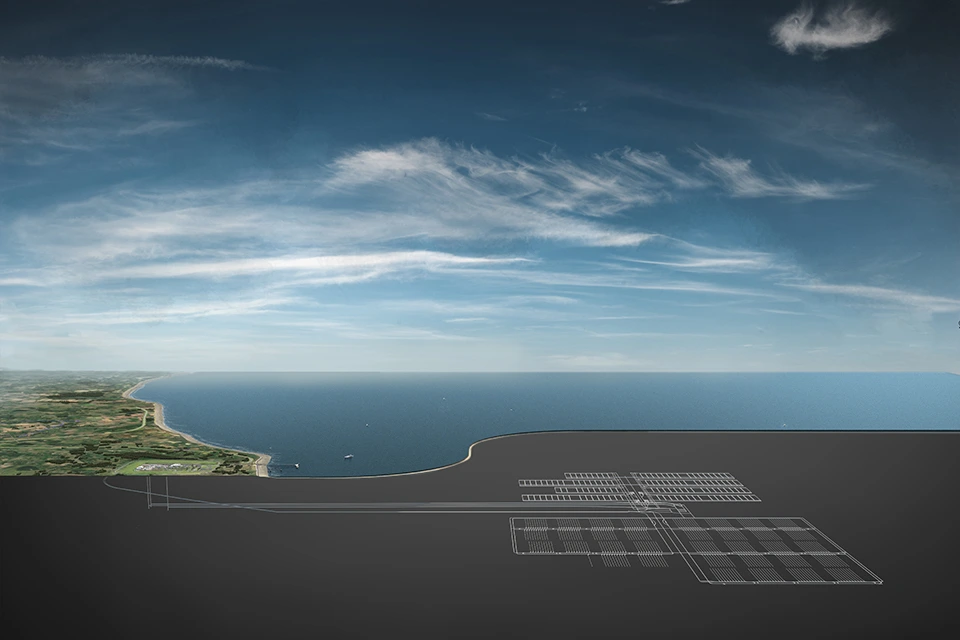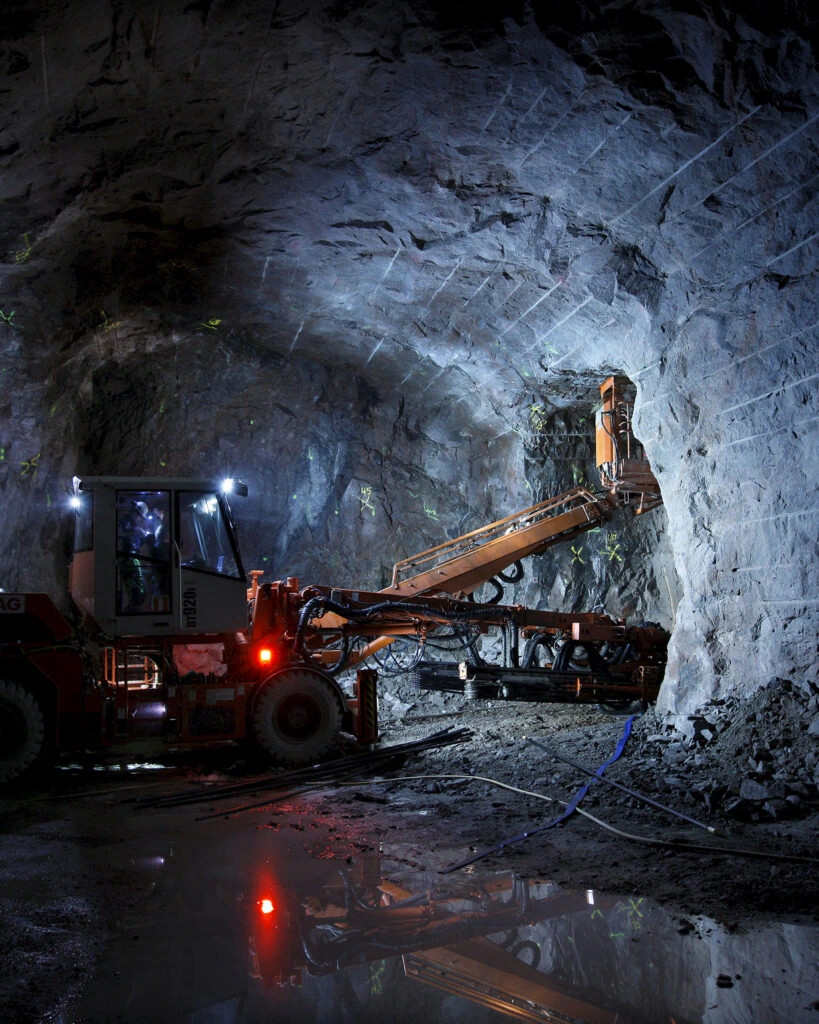Geological disposal facility
We are delivering a Geological Disposal Facility (GDF) as the safe, secure, and long-term solution for the most hazardous radioactive waste in the UK. GDFs are internationally recognised by governments, technical experts, and scientists as the best solution for the disposal of our most hazardous radioactive waste.
What is a Geological Disposal Facility?
Geological disposal of nuclear waste is recognised to be the safest way to dispose of nuclear waste because it offers a long-term solution and is backed by the UK government.
A GDF involves isolating the UK’s most hazardous waste deep underground in suitable geological formations and placing it in highly engineered vaults and tunnels.
A GDF will be constructed 200 to 1,000 metres below ground or beneath the seabed. At this depth, high level waste will be protected from natural events like earthquakes and long-term environmental changes such as future ice ages or sea level rises.
The facility works by using a multi-barrier approach in which natural and engineered barriers work together to contain and isolate the UK’s most hazardous radioactive waste, keeping it safe and secure over the many thousands of years it will take for the radioactivity to naturally reduce.
The UK’s nuclear legacy
We have benefitted from a world-leading nuclear sector in the UK for many decades.
The use of nuclear technology creates waste materials, which can be harmful and need to be disposed of securely and responsibly for the long term.
Leading scientists across the globe agree that geological disposal of nuclear waste is the best long-term solution for the most hazardous waste.
Investing in a geological disposal facility now offers a permanent solution and removes the need for ongoing human intervention for future generations.


Safeguarding the environment
A GDF will be one of the UK’s largest environmental protection programmes. It will ensure the costs and burden of keeping waste safe in above ground storage for thousands of years are removed, because of the long-term safety of geological disposal.
It also supports the drive for energy security and climate change commitments by enabling new nuclear energy.
A Geological Disposal Facility in the UK: working with communities
The programme to build a GDF in the UK is unique in that it requires explicit host community support to go ahead. NWS is here to make sure people in the local community have access to the information they need to make an informed decision. There are currently two sites being considered for a GDF across England. These communities are engaging in a programme to learn what hosting a GDF could mean for them. Other communities can join the process to host a GDF, to find out if the site and geology are suitable and what benefits it could bring to the area.
GDF news and blogs
Finding a suitable site: Journey to a GDF
This process could take up to 20 years, and during this time we will be conducting detailed technical work at potential sites to assess their suitability. A GDF may only be constructed if a suitable site can be identified and the local community consents to hosting a facility.
GDFs around the world
Finland is already building its GDF called Onkalo, which begun to receive waste from 2024. Sweden, France, Canada and Switzerland are some of the other countries that are developing GDFs.
NWS engages with international GDF programmes, through collaborative research and knowledge exchange, including visits to the Onkalo GDF in Finland and underground research laboratories in France and Sweden. These activities enable us to learn from, and promote, best international practice to make nuclear waste permanently safe, sooner.

